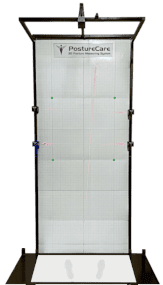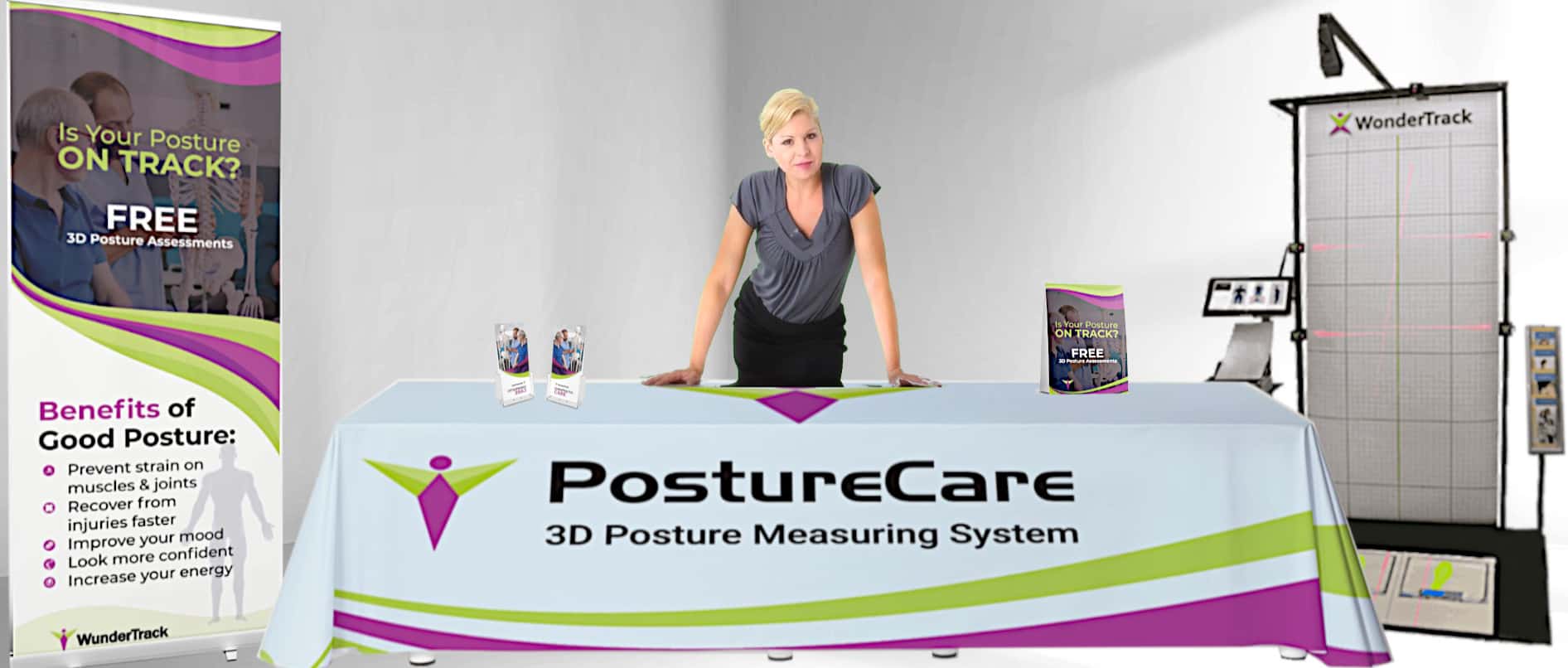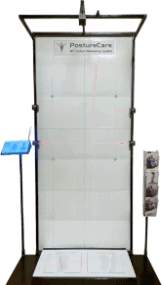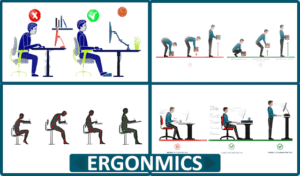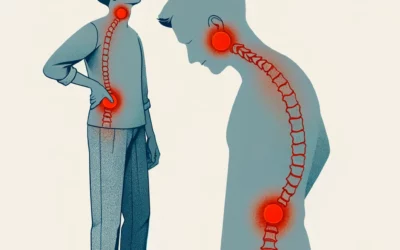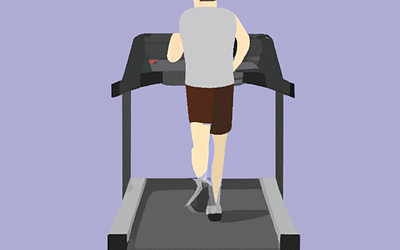FAQs about Ergonomics
What is Ergonomics and Why is it Important?
Ergonomics is the science and art of fitting work to people. Its purpose is to make the job easier and more comfortable, while reducing the risk of strain/sprain injury. Ergonomics involves designing workstations, tools, tasks and systems to help people perform their jobs safely and efficiently.
What are the Benefits of Ergonomics?
Using ergonomics in the workplace has several benefits, including:
- Reduced risk of musculoskeletal disorders (MSDs)
- Improved productivity and quality of work
- Less absenteeism and turnover due to work-related injuries
- Lower workers’ compensation costs
How Can You Implement Ergonomics in the Workplace?
To implement ergonomics in the workplace, you can take the following steps:
- Conduct ergonomic risk assessments to identify areas that need improvement
- Make ergonomic improvements, such as adjusting workstations, tools, tasks and systems
- Train employees on proper ergonomic techniques and safe work practices
- Monitor ergonomic improvements and adjust as necessary
What are Some Examples of Ergonomic Improvements?
Some examples of ergonomic improvements include:
- Adjusting the height of work surfaces or chairs to fit the worker
- Providing ergonomic tools, such as keyboards and mice
- Reducing repetitive motions and awkward postures
- Using lifting aids or adjustable workstations to reduce heavy lifting
What is the Role of an Ergonomist?
An ergonomist is a professional who specializes in applying ergonomics principles and methods to workplace design. Their role involves conducting ergonomic risk assessments, making ergonomic improvements, and training employees on proper ergonomic techniques.
What are the Qualifications of a Certified Professional Ergonomist?
A Certified Professional Ergonomist (CPE) is a person with in-depth knowledge and experience in the field of ergonomics. They must have a degree in a related field, such as ergonomics, engineering or occupational health and safety, as well as several years of relevant work experience. Additionally, they must pass a rigorous certification exam to earn their CPE designation.
Hot Take:
Ergonomics is not just a buzzword – it’s a science that can have a significant impact on employee health, productivity and job satisfaction. By implementing ergonomic improvements in the workplace and training employees on proper techniques, organizations can reduce the risk of work-related injuries and improve overall job performance. So, let’s get ergo-nomic and make the workplace a safer and more comfortable place to be!


